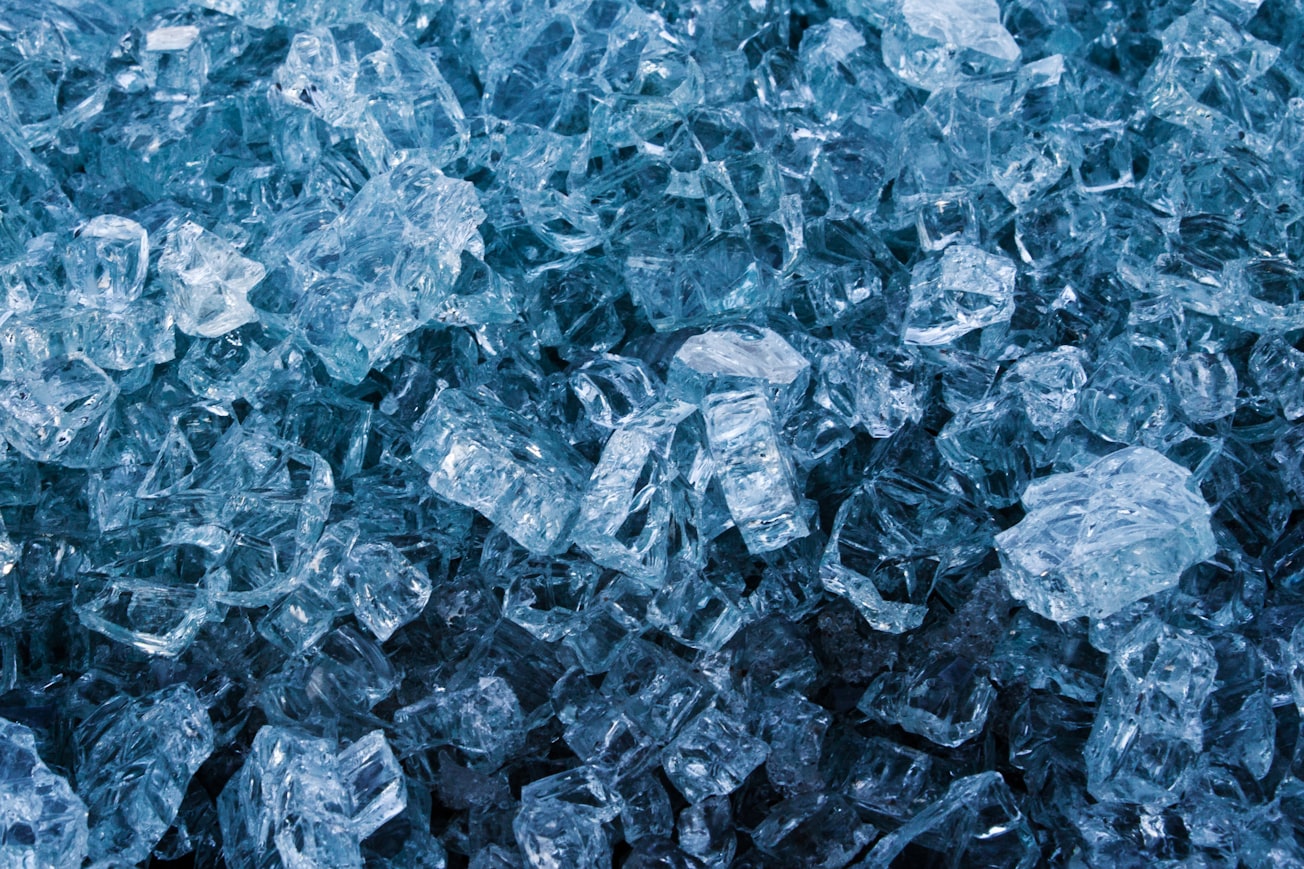What is it about?
Most people think that ice causes damage during freezing, due to its expansion as it transforms from water to ice. This is actually a misconception. Even liquids that shrink as they freeze cause very similar damage. Instead, ice generates stresses via a process called cryosuction. In this process, water is sucked towards any ice crystals that are present, feeding their growth. This growth can be extremely localised, which leads to stress build up, and a high potential for damage. Here, we directly observe this cryosuction process, measuring both ice crystal growth, and the stresses that appear, with micron-scale resolution.
Featured Image

Photo by Scott Rodgerson on Unsplash
Why is it important?
Despite its widespread relevance and long history of theoretical modelling, most strategies to prevent freezing damage are largely empirical. This is largely due to the fact that the growth of ice in soft, wet materials is a complex, polycrystalline process, which constantly evolves with time, and which is difficult to probe experimentally due to most samples being opaque. Thus, there is a need for fundamental experiments that can directly observe how damage occurs. Our experiments provide microscopic experiments, showing how stresses can build up, even in the simplest freezing situations. This stress is highly localised, and increases until it reaches a predictable, temperature-dependent stall pressure. The insights from these experiments will help develop new, accurate models of the freezing process, which will help in fields ranging from cryopreservation to frost heave, and food storage.
Perspectives
Our experiments show that, even in the simplest possible situations, where no freezing damage would be expected, ice still finds a way to generate highly localised stresses. Ice is a fascinating material, that never fails to surprise, even in the most 'boring' possible experiment. We're currently working on new experiments that show that these phenomena we show in this manuscript are just the tip of the iceberg...
Robert Style
ETH Zürich
Read the Original
This page is a summary of: Stress accumulation by confined ice in a temperature gradient, Proceedings of the National Academy of Sciences, July 2022, Proceedings of the National Academy of Sciences,
DOI: 10.1073/pnas.2200748119.
You can read the full text:
Contributors
The following have contributed to this page










